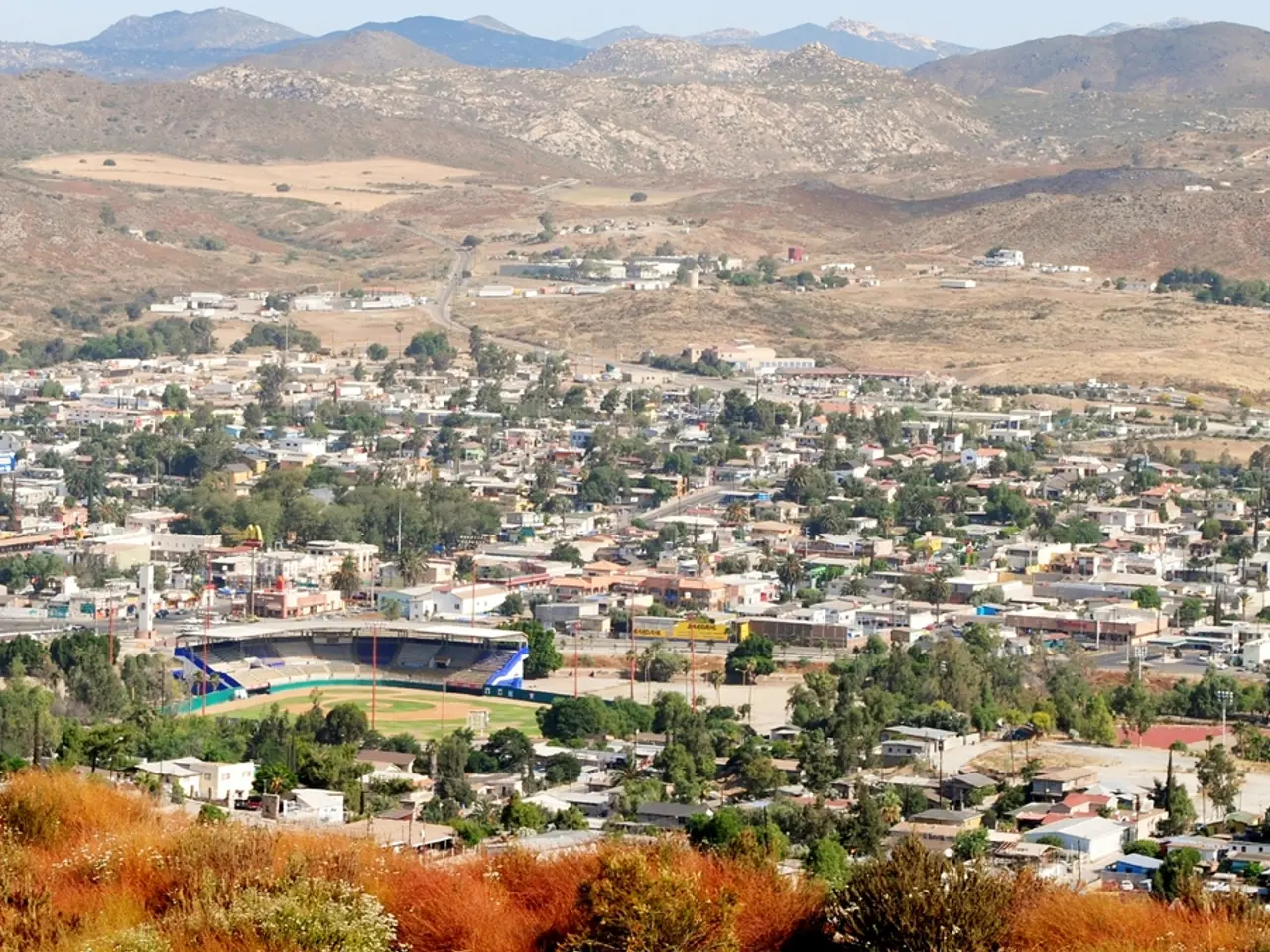Stabilizing Jammu and Kashmir Requires More Than Granting Statehood Alone
The region of Jammu and Kashmir, bifurcated in 2019 to form the union territories of Jammu & Kashmir and Ladakh, has been the subject of recent speculation. Reports and beliefs suggest that the Central government of India might be considering a further trifurcation of the region, a move that aligns with the Rashtriya Swayamsevak Sangh's (RSS) 2002 Kurukshetra resolution13.
However, it is important to clarify that while the possibility of trifurcation is being discussed, no formal move has been confirmed as of now. The actual bifurcation occurred in 2019 when the Parliament passed legislation to split the state into two union territories.
The internal dynamics of Jammu and Kashmir are complex, with historical mistrust between the Jammu and Kashmir Valley regions and significant ethnic and political differences. The Kashmir Valley remains intact and homogeneous, making Kashmiri-speaking Muslims the largest ethnic group in the reorganized state. However, the Hindu-majority areas often feel politically excluded and unrepresented, leading them to place their trust in unelected institutions such as the Lieutenant Governor's office13.
The terrain of Jammu varies widely, from near sea level to altitudes of 16,000 feet, while Kashmir is a plain with modest elevation differences and relatively easy intra-regional access. As per the 2011 Census, Kashmir's population was nearly 16 lakh more than Jammu's, although Jammu's geographical size is nearly double1.
The political landscape in Jammu and Kashmir is shaped by the political temperature in both Jammu as well as the Valley, which significantly influences the national discourse, especially in the Hindi-speaking heartland. Some Bharatiya Janata Party (BJP) leaders advocate for maintaining the status quo to preserve regional balance, while others support further reorganization13.
The restoration of statehood to Jammu and Kashmir is essential to reestablish constitutional normalcy, but it may not be a comprehensive solution for lasting stability in the region. A far-reaching structural transformation is required to address the deep-seated issues that have led to instability14.
The developments in Jammu and Kashmir, particularly in the context of national security, have international significance. On August 4, 2025, a legislator from the Kashmir Valley expressed concern about potential trifurcation, highlighting the ongoing debate and the need for careful consideration13.
Interviews reveal politicians discussing the implications of the Rashtriya Swayamsevak Sangh's (RSS) 2002 Kurukshetra resolution for the possibility of trifurcating Jammu and Kashmir, a subject currently under speculation. Meanwhile, general-news outlets report on the health of the region's political landscape, including dissatisfaction among Hindu-majority areas due to feelings of political exclusion and the ongoing debate about the restoration of statehood.







